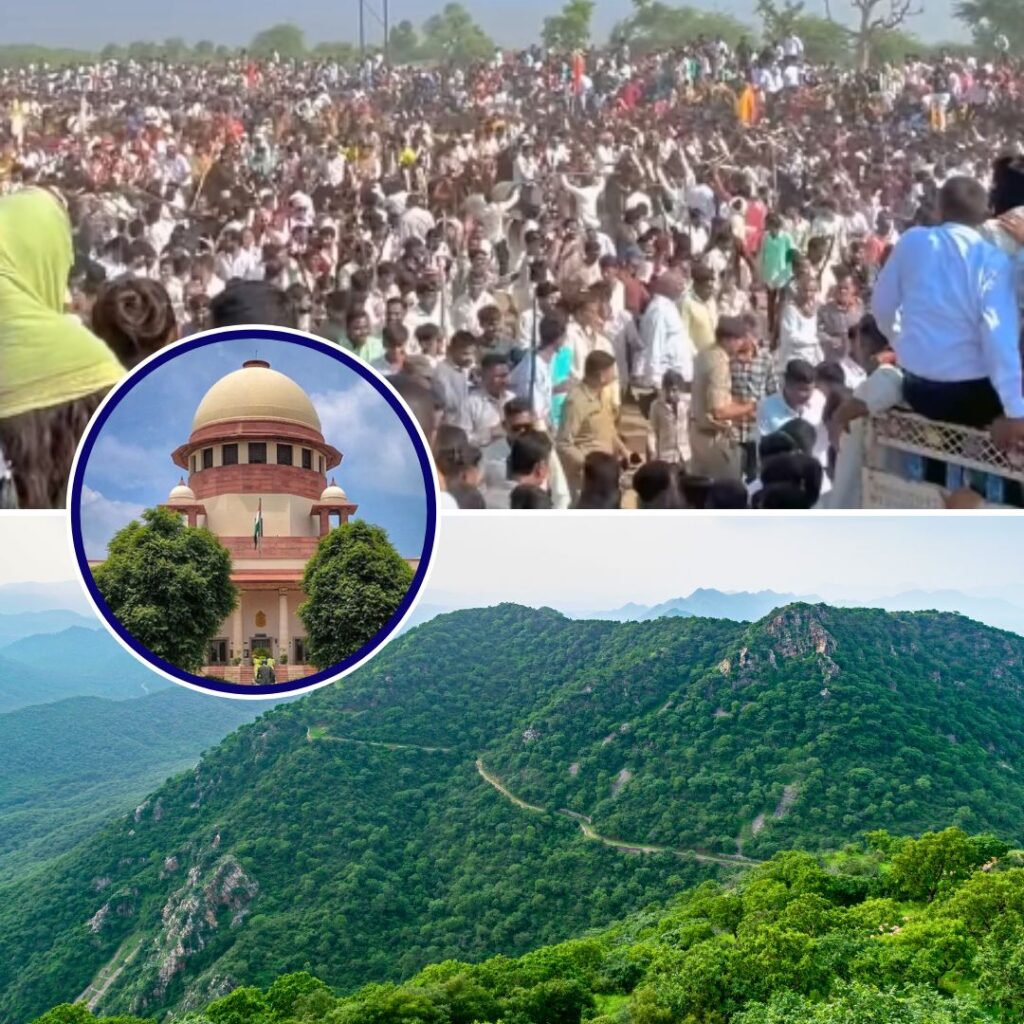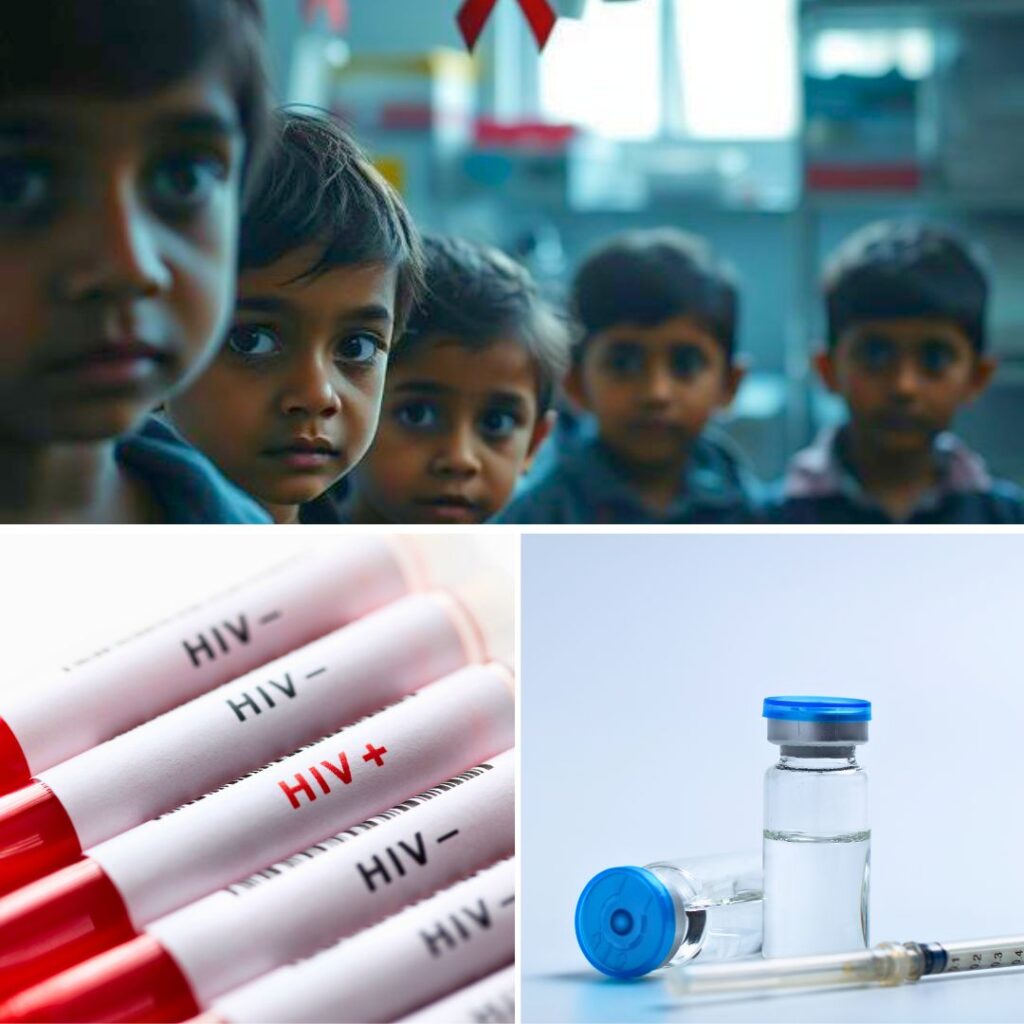‘Roti, Kapda Aur Makaan’ (Food, Clothing and Shelter) are considered to be the three basic needs of life. The most amusing thing about such necessities is that they remain constant for everyone, cutting across all strata of society, and through life’s ups and downs.
While several organisations and good samaritans have time and again come forward to help the people in distress, however, several marginalised communities in the country have been trying to through difficult times without any aid.
To extend support and rehabilitate such vulnerable groups especially the victims of environmental disasters and natural calamities, Sustainable Environment and Ecological Development Society (SEEDS), a humanitarian organisation has been integrating the power of resilience and modern innovation.
Founded in 1994, this organisation has, over a span of 25 years, directed its efforts in helping the communities hit by disasters. The team has been aiding communities in restoring and developing the infrastructure which is one of the most challenging aspects of the rehabilitation process. It makes efficient use of the entrepreneurial tools at hand, to provide nature-based solutions.
In its recent undertaking, SEEDS with support from Godrej Industries built over 16 houses for tribal families who had been rendered homeless amid flash floods and landslides in Kerala’s Wayanad district.
Speaking exclusively to The Logical Indian, Dr Anshu Sharma, co-founder of SEEDS, says: ‘We have been conducting reconstruction projects for several years. The team was smaller but with every project, significant lessons were learned. Most of the team members came from an architectural and planning background, we soon realised that people from such communities had ideas about sustainable infrastructure owing to their traditional knowledge and these structures were capable of withstanding natural calamities including earthquake, floods or cyclone.’
Dr Sharma is of the opinion that modern infrastructure and the raw materials being put to use during their construction process is not very ‘forgiving’ in nature. Explaining the reason for such an opinion, he says, ‘The modern material and technologies have a certain approach regarding their use…could involve the choice of geography or the way you place them. This does not get passed on appropriately. It has either been the change in the type of material being used or moving these communities to spaces they would not have normally inhabited.
So, we decided to start the rebuilding process following these communities. Putting their traditional knowledge and local skills with modern material and technology to enhance the resilience of such housing structures was our idea of improving their quality of life.’
Terming it as the ‘Build Back Better’ approach, the organisation has an owner-driven reconstruction process where the owner is put in the driving seat to design the houses they would want to live in. This ensures that future risks are reduced and the fact that efforts are put into building back ‘better’.
The social entrepreneur says that they have to identify the disaster-hit communities to chalk out a specific and sustainable plan to rebuild the roof over their heads, adding that the project can continue for a period of six months up to two years. He said that the groups living in some of the areas in the Wayanad were highly vulnerable to landslides and floods.
‘The process of building a home for a paying customer is the same one we follow for these communities. Right from the infrastructure, layout to the dimensions and designs. Customisations are one of the interesting aspects and that has helped us win the trust and cooperation of such tribal families in Kerala,’ he tells The Logical Indian.
Explaining the mechanism on how each project is undertaken, he says, ‘We have teams and sub-teams. We get inputs from several sources including our field officers, local sources, media or even at times from the government that some major disaster has hit a particular region. Our social-mobilisation team is tasked to find out the worst-hit section of society.
Then the technical assessment part comes into action. Another team consisting of architects and engineers visit the place to assess the damage, speak to locals, find out the materials used and prepare a report on the steps that could be taken regarding time and resource planning.’
He further added that once the assessment is completed, the activity to mobilise resources— to reach out to people and corporates for funding is initiated. Additionally, requests for approvals from concerned government and lower-level authorities are put in place for timely consideration since land and housing is involved. The last step, the socio-technical process is where the team lands up in the region, builds and stays in camps and starts with the rehabilitation procedure.
Turning the conversation to the Wayanad flood project, Dr Sharma says, ‘There were two kinds of impact involved in the …













